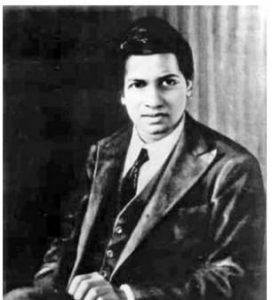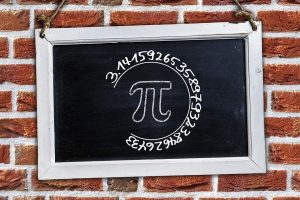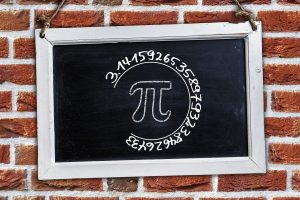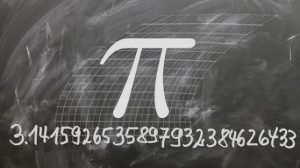Pi has crossed social divides and is used to determine the area and circumference of spheres. From math textbooks and classrooms to literature and movies, it has taken root everywhere.
For those who use the month/date format, the 14th of March actually stands for Pi, or 3.14. In order to recognize the mathematical constant Pi, March 14 is designated as the International Day of Mathematics or Pi Day.
The awareness and appreciation of mathematics’ significance in our daily lives is a cause for celebration among mathematicians all across the world. With the goal of encouraging mathematics knowledge and understanding, the day is observed by many schools, universities, and mathematics organizations around the world.
Also Read: Are you a Maths whiz? Try and ace this quiz on National Mathematics Day
When was Pi Day founded?
In 1988, Larry Shaw, a worker at the Exploratorium science museum in San Francisco, California, created the Pi Day.
The establishment of Pi Day received support from the American House of Representatives in 2009. Pi Day was declared the International Day of Mathematics in November 2019 by UNESCO’s 40th General Session.
Definition and usage of Pi:
The number π , spelled as “pi,” is a mathematical constant that is the circumference to diameter ratio of a circle, roughly equal to 3.14159. Several mathematical and scientific formulas contain the number. It is an irrational number, implying that it cannot be stated exactly as a ratio of two integers, although the fraction 22 /7 is usually used to represent it.
Greek Letter:
The symbol of Pi ie. π is the sixteenth letter of the Greek alphabet.
Also Read: Are Jimmy Carter, Joe Biden friends? Former president asks 46th POTUS to deliver his eulogy
Feynman Point in Pi:
In the decimal form of the number pi, starting at the 762nd decimal point, there are six consecutive nines. It became popular due to the mathematical coincidence and the assumption that one could possibly memorise the digits of up to that point, which appears to imply that is rational.
The “Feynman point” is frequently referred to as this group of six nines, after physicist Richard Feynman, who is said to have expressed the same concept in a speech.







